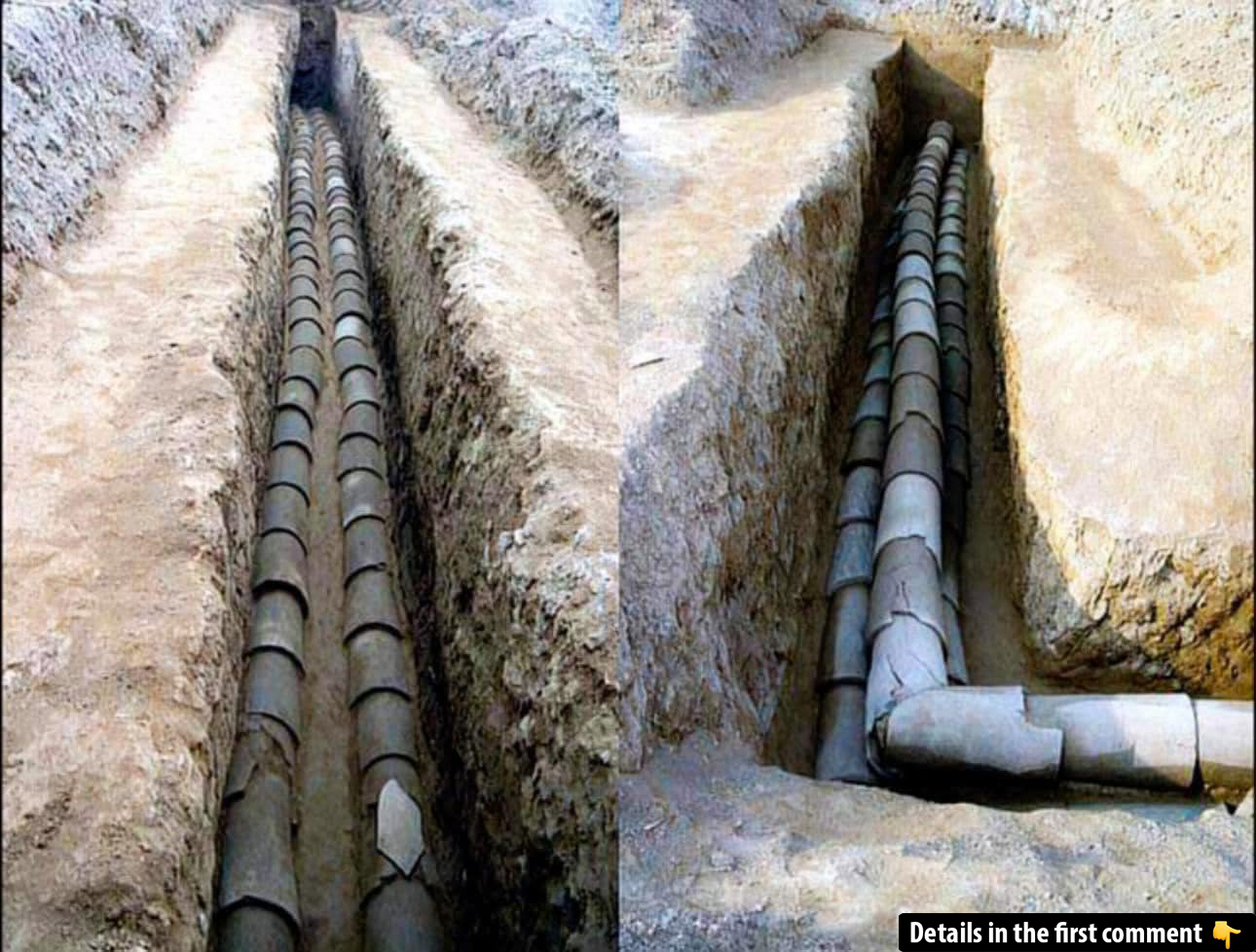Hidden beneath the vast plains of central China, the ancient settlement of Pingliangtai holds a remarkable secret: the oldest known ceramic water pipes in China. Dating back 4,000 years to the Longshan period, these pipes reveal a stunning feat of engineering that challenges our understanding of ancient societies. Built without centralized authority or advanced machinery, the water management system at Pingliangtai shows that early communities could work together to solve complex environmental challenges—an extraordinary discovery that redefines the capabilities of Neolithic societies.
The Longshan Period: Background and Historical Context
The Longshan period marks a pivotal time in Chinese prehistory, known for its cultural advancements, particularly in pottery. During this era, societies in the Central Plains were developing more sophisticated technologies and social structures, laying the foundation for the Bronze Age. The Longshan people were skilled in pottery, creating distinctive black pottery with smooth finishes and intricate designs. They also began to develop large settlements and trade networks, signaling the shift toward a more organized society.
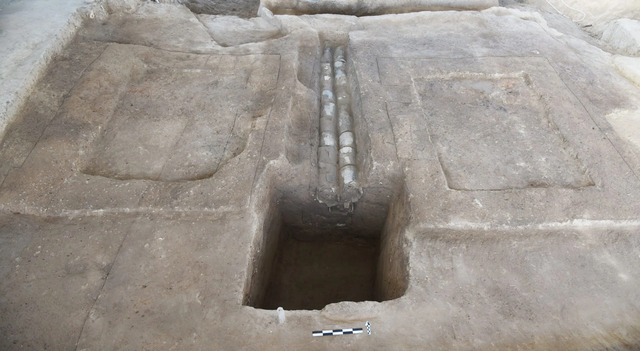
Although the Longshan period is primarily known for its pottery, it was also a time of significant advancements in other fields, including agriculture, metallurgy, and water management. The discovery at Pingliangtai highlights how the people of this era were able to apply their technological knowledge to solve practical challenges, such as the management of water, a critical resource in the region.
Video
Check out the video on China’s ancient water pipes – a remarkable feat of engineering from 4,000 years ago!
The Discovery of Pingliangtai: Unearthing the Ancient City
Pingliangtai is located in what is now the Huaiyang District of Zhoukou City, in central China. The site, once home to about 500 people, is situated on the Upper Huai River Plain, which is part of the vast Huanghuaihai Plain. This region, like many others in East Asia, is prone to seasonal monsoons, which could drop up to a foot and a half of rain per month during the summer.
The site was initially excavated in recent years, revealing the remnants of a walled settlement surrounded by a protective moat. While the town shows little evidence of social hierarchy—its homes were uniformly small, and the cemetery reveals no signs of wealth disparity—the sophisticated water management system points to a high level of communal planning and organization.
The Ingenious Ceramic Water Pipes: A Neolithic Feat
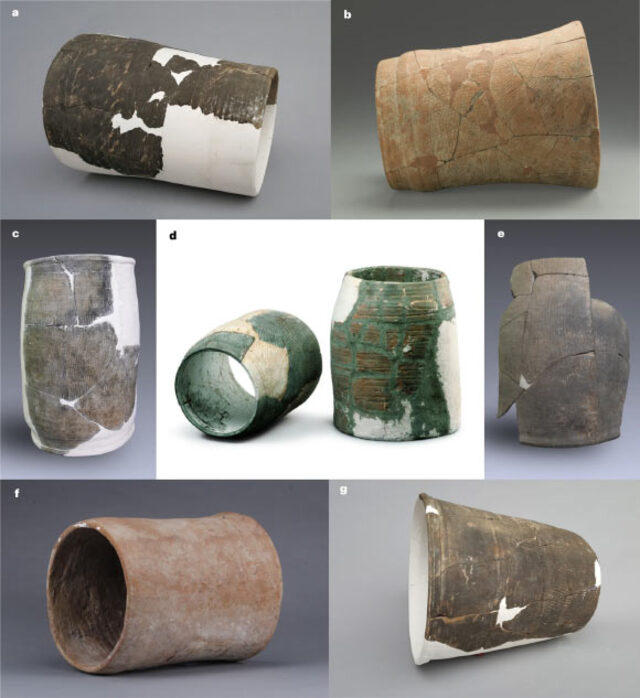
At the heart of the Pingliangtai discovery is the network of ceramic water pipes and drainage ditches that were built to divert rainwater and prevent flooding during the monsoon season. These pipes are not only the oldest known water management system in China but also an impressive engineering achievement for its time.
The water pipes were constructed by interconnecting individual ceramic segments, each measuring 20 to 30 cm in diameter and 30 to 40 cm in length. The pipes were laid along roads and walls, directing rainwater from the residential area into the surrounding moat. This innovative two-tiered drainage system shows an advanced understanding of hydrology and water management.
What makes this discovery even more remarkable is that the system was built using only stone-age tools. Despite the lack of advanced machinery or a centralized authority, the people of Pingliangtai were able to construct a highly effective water management system that served the community for generations.
A Community Effort: Collective Planning Without a Central Authority
One of the most surprising aspects of the Pingliangtai discovery is the lack of evidence for a centralized power structure. Unlike other ancient societies that built large-scale infrastructure under the direction of kings, emperors, or governing elites, the people of Pingliangtai worked together to build and maintain their water system. There is no evidence of social stratification within the settlement, and the excavation of the cemetery reveals no indication of inequality in burial practices.
The construction of the water pipes required significant coordination and communal effort. The villagers worked together to plan the layout of the drainage system, build the pipes, and maintain the infrastructure. This level of cooperation suggests that the community was organized around shared goals and a mutual sense of responsibility for the well-being of the settlement, rather than being governed by a single powerful authority.
The Role of Water in Pingliangtai’s Survival
Water management was critical to the survival of the people of Pingliangtai. The region’s monsoon season brought heavy rainfall that could overwhelm the local environment if not carefully controlled. The ceramic pipes and drainage ditches were designed to handle this excessive water, diverting it away from residential areas and into the surrounding moat, where it could be safely contained.
This system allowed the people of Pingliangtai to thrive in an environment that would have otherwise been prone to flooding. By managing the flow of water, they ensured that their homes, crops, and daily lives were protected from the dangers of monsoon season floods. In a region where seasonal rainfall could dramatically affect the population’s survival, the ability to control water was a critical advantage.
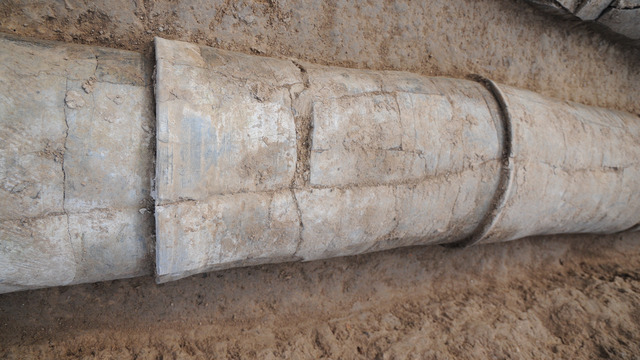
The Social Structure of Pingliangtai: Evidence of Equality
The absence of a social hierarchy at Pingliangtai is another striking feature of the site. While many ancient civilizations built impressive infrastructure under the rule of powerful elites, the people of Pingliangtai appear to have operated without such leadership structures. The uniformity of the homes and the lack of signs of wealth or inequality in the cemetery suggest that this was a more egalitarian society.
This absence of a social hierarchy challenges previous assumptions about how complex infrastructure was built in ancient times. Traditionally, scholars believed that only centralized powers with governing elites could organize and fund such large-scale projects. However, Pingliangtai demonstrates that a communal and egalitarian society could also achieve similar feats of engineering.
The Technological Sophistication of Pingliangtai’s Water System
The ceramic water pipes at Pingliangtai represent a level of technological sophistication that was previously thought to be beyond the capabilities of Neolithic societies. The ability to build a two-tier drainage system and connect individual pipe segments to transport water over long distances demonstrates an advanced understanding of hydrology, engineering, and environmental management.
The complexity of the system refutes earlier beliefs that only more hierarchical societies with centralized governments could organize such projects. Pingliangtai’s water system shows that ancient people were capable of solving complex environmental challenges through cooperation and communal effort.
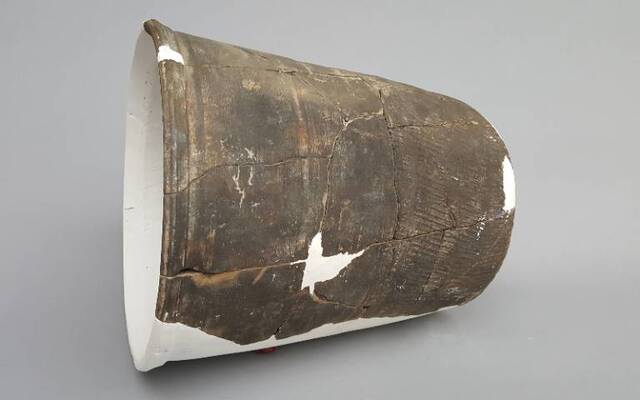
Implications for Understanding Early Societies
The discovery at Pingliangtai has significant implications for our understanding of early societies. It challenges the conventional wisdom that only centralized governments could organize large-scale infrastructure projects. Instead, it suggests that more egalitarian and cooperative societies were capable of similar feats, raising new questions about the development of social structures and governance in ancient times.
The advanced water management system at Pingliangtai is a testament to the ingenuity of Neolithic people and provides valuable insights into how early societies interacted with their environment. It also highlights the importance of community collaboration in overcoming environmental challenges and ensuring the survival of a society.
Conclusion: Rewriting the History of Early Chinese Societies
The discovery of the ceramic water pipes at Pingliangtai is a remarkable breakthrough in the study of ancient engineering and social organization. It challenges previous assumptions about the role of centralized power in the construction of complex infrastructure and offers a new perspective on how early societies managed their resources. Pingliangtai stands as a testament to the creativity, resilience, and cooperative spirit of its people, and its discovery continues to reshape our understanding of ancient Chinese history and engineering.
Video
Watch the time-lapse video of home flooding in Lafayette, LA, from 2016 – it’s a powerful visual of nature’s force!
